

Fulton Sheens The Mystical Body of Christ remains a serious and significant contribution to the mystical body theology of the twentieth century. And it provides an intriguing glimpse into the subtle and theologically acute mind of the greatest Catholic evangelist of the twentieth century.
Rev. Robert Barron
Founder of Word on Fire Catholic Ministries
Completed a decade before Pope Pius XIIs Mystici Corporis Christi , this classic by Archbishop Fulton Sheen leads the reader into the exciting mystery that is the Church. Foreshadowing the Second Vatican Council, Archbishop Sheens work is ever current and, as with all his writing, engaging for the reader.
Most Rev. Joseph E. Kurtz
Archbishop of Louisville
Sheen combines his eloquence as a writer with insights drawn from scripture, the Church Fathers, Thomas Aquinas, and the mystics. He manifests an extraordinary gift of theological synthesis by showing how the Church, as the Mystical Body of Christ, illuminates Catholic doctrines on the Holy Spirit, infallibility, the Blessed Mother, the sacraments, the eucharistic sacrifice, reparation, and the communion of saints.
Robert Fastiggi
Professor of Systematic Theology, Sacred Heart Major Seminary
President of the Mariological Society of America
Through this book, Fulton Sheen beautifully and powerfully enhanced my understanding of and appreciation for the mystical body of Christ. This intelligent and convicting book is a great companion for those looking to deepen their prayer and love of Christ and Church.
Bonnie Engstrom
Catholic Blogger and Mother of Fulton Engstrom
With his characteristic clarity, Fulton Sheen offers descriptions and definitions for the Church that did, in time, become part of the discussions and documents of the Second Vatican Council. Written two decades before he would lead the Churchs missionary efforts in the United States, The Mystical Body of Christ reveals his missionary heart, as he speaks of the growth of the Church, so ordered by Christ. An extraordinary read, from a priest whom St. John Paul II proclaimed a loyal son of the Church.
Rev. Andrew Small, O.M.I.
National Director
Pontifical Mission Societies in the United States
Nihil Obstat: Eduardus J. Mahoney, S.Th.D.
Censor Deputatus
Imprimatur:  Joseph Butt
Joseph Butt
Vic. Gen.
Westmonasterii, Die 30a, Septembris 1935
First published December 1935, by Sheed and Ward, Inc.
Copyright permission was granted by the Estate of Fulton J. Sheen/The Society for the Propagation of the Faith/www.OneFamilyInMission.org.
____________________________________
2015 by The Society for the Propagation of the Faith
All rights reserved. No part of this book may be used or reproduced in any manner whatsoever except in the case of reprints in the context of reviews, without written permission from Christian Classics, Ave Maria Press, Inc., P.O. Box 428, Notre Dame, IN 46556, 1-800-282-1865.
Founded in 1865, Ave Maria Press is a ministry of the United States Province of Holy Cross.
www.christian-classics.com
Paperback: ISBN-13 978-0-87061-294-7
E-book: ISBN-13 978-0-87061-295-4
Cover image Bettmann/CORBIS.
Cover and text design by Brian C. Conley.
Printed and bound in the United States of America.
Library of Congress Cataloging-in-Publication Data
Sheen, Fulton J. (Fulton John), 1895-1979.
The mystical body of Christ / Fulton J. Sheen ; foreword by Very Reverend Robert E. Barron ; introduction by Brandon Vogt.
pages cm
Includes bibliographical references and index.
ISBN 978-0-87061-294-7 (alk. paper) -- ISBN 0-87061-294-8 (alk. paper)
1. Jesus Christ--Mystical body. 2. Catholic Church--Apologetic works. I. Title.
BX1751.S45 2015
262.77--dc23
2014037878

To
Mary
Mother Immaculate
of
the Mystical Body of Christ
Contents
FOREWORD
Fulton Sheen and the Theology of the Mystical Body
One reason that Fulton J. Sheen was such a successful and persuasive evangelist is that he was exceptionally smart. He was a doctor of theology from the University of Louvainin fact, one of the rare recipients of Louvains prestigious agrege degreean assiduous student of St. Thomas Aquinas, and a professor of philosophy and theology at the Catholic University of America. Sheen had a profound grasp of the Catholic intellectual tradition.
The book you are holding was first published in 1935, when Sheen was ensconced at Catholic University and just beginning his career as a popular evangelist, though it was long before he would emerge as a television personality. It reflects his thorough immersion in one of the most exciting theological projects of the time, namely, the exploration of the Church under the rubric of the Mystical Body.
In order to understand the significance of the moves Sheen is making in this book, we have to consider, however briefly, some major themes in the theological thought of the nineteenth century. At the commencement of the 1800s, Catholic theology was in the grip of an arid, tired, and hyper-rationalistic scholasticism that employed the terminology and conceptuality of Aquinas but exhibited little of the vitality and spirit of Thomass own writings. With respect to grace, most theologians spoke as if it were a created substance infused into the soul. Likewise, the prevalent ecclesiology revealed a highly juridical and hierarchical understanding of Church.
Posing a significant challenge to this regnant scholasticism were two intellectual movements within the German Catholic theology of the nineteenth century. The first of these movements, the so-called Tubingen school, was associated with two major figures, Johann Sebastian von Drey (17771853) and Johann Adam Mhler (17961838), both of whom taught on the Catholic faculty of Tubingen at key points in their careers. To some degree under the influence of their Protestant colleague Friedrich Schleiermacher, both von Drey and Mhler sought to overcome the cramped rationalism of classical theology and to find a way to reintegrate theology and culture, doctrine and life.
Setting aside Schleiermachers excessive subjectivism, they attempted to revive two key patristic notions: (1) that the ordinary goal of the Christian life is a real participation in the divine nature, and (2) that the Church is best construed as the prolongation of the Incarnation through space and time. The first point is vital, for it represents an enormous improvement on the extrinsicist and mechanical construal of grace in much of the official theology of the time, and opens the way to understanding salvation as authentic deification, becoming a sharer in Gods own life. And the second point is indispensable in the measure that it permits us to push past an uninspiring ecclesiastical institutionalism and to appreciate the Church as the privileged vehicle by which the divine life is communicated to the people of God.
The second major theological movement I want to highlight is that associated with the patristic theologian Matthias Joseph Scheeben (18351888), whom Hans Urs von Balthasar called the greatest German theologian to date and to whom Pope Benedict XVI had a special devotion. Like the thinkers of the Tubingen school, Scheeben wanted to instill a greater patristic substance into the scholastic theology of grace. He emphasized, accordingly, that in giving the Holy Spirit, God does not simply convey an isolated gift, but rather the very Giver of the gifts and the very principle of supernatural power.
Next page
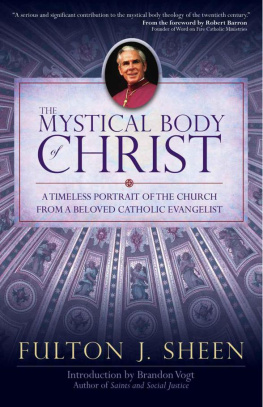
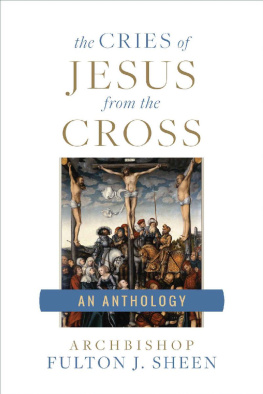
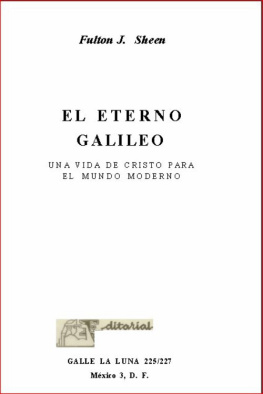
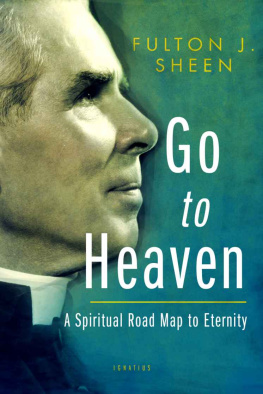
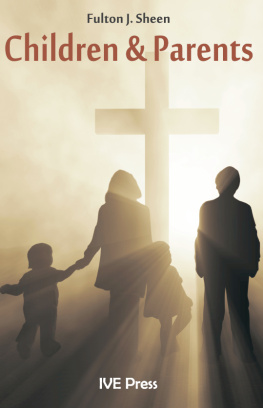
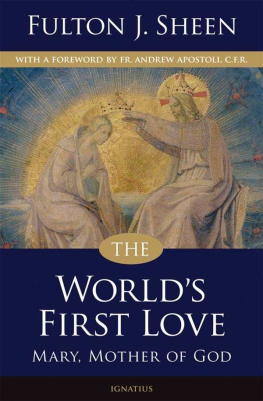

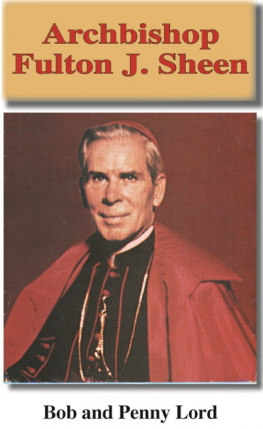

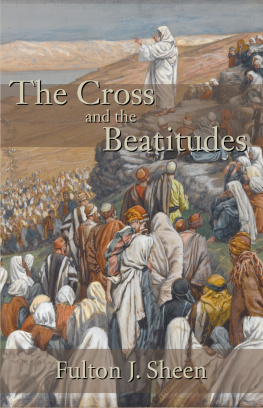
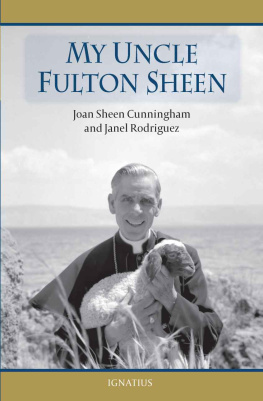
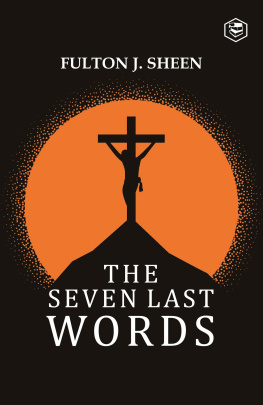

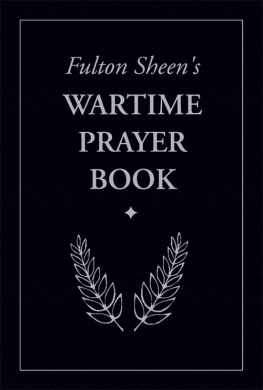
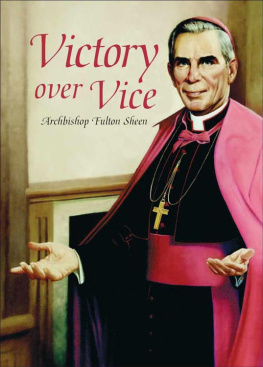
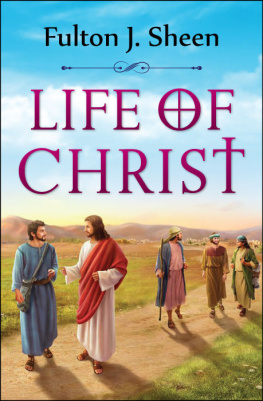


 Joseph Butt
Joseph Butt